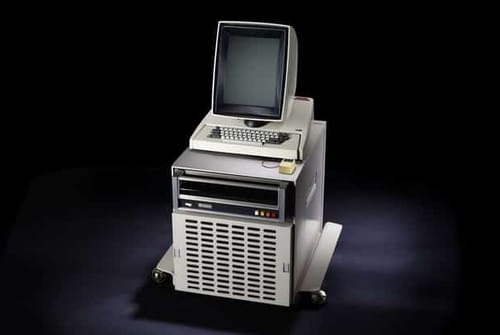 |
| Xerox Alto can still be tested 50 years later |
Xerox has been known for its technological leadership since a young age. The company launched the Alto in 1973, which was considered one of the best desktop computers at the time and laid the foundation for personal computers.
This is because Alto comes with an easy to use GUI. It supports not only mouse and keyboard, but also local area networks. Everyone can count on the new version today to try this PC Emulator.
It is reported that this device was developed by the Xerox Research Center in the United States, and at that time a completely new innovation appeared, the GUI mouse, which we were using earlier.
In addition to this innovation, the leading company has also introduced innovations related to laser printing and object programming. Added to this is the introduction of the first WYSIWYG text editor, with which the content can be perfectly formatted.
Although Xerox did not sell many Alto devices. Nevertheless, he continued to show his skills. In addition, many institutions, especially educational ones, use this computer. In addition, it is being studied by a variety of researchers.
Xerox Alto computer
Xerox was a great success: in 1979, Steve Jobs, the founder of Apple, visited the Xerox Research Center and viewed many of the company's products. This was before he introduced the Apple Lisa and Apple Macintosh computers in 1983 and 1984.
It should be noted that the innovation of this company to this day is the main contributor to the development of desktop computers. However, the company only produced 2,000 Alto computers in a decade.
The device is equipped with a dedicated 5.8MHz processor, 512KB of RAM, 2.5MB of internal storage, a three-button mouse and an integrated keyboard.
Today everyone can try the Alto computer, which is almost 50 years old. This is done by emulating directly in the browser, and you do not have to download any software or applications. This can be done using the ContrAltoJS emulator developed by the Life Computing Museum.
